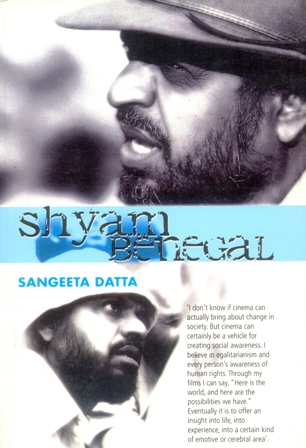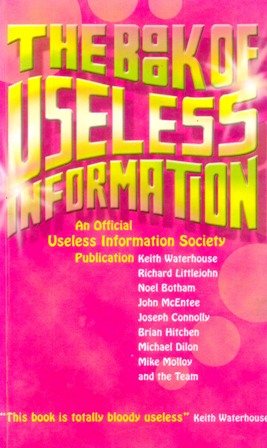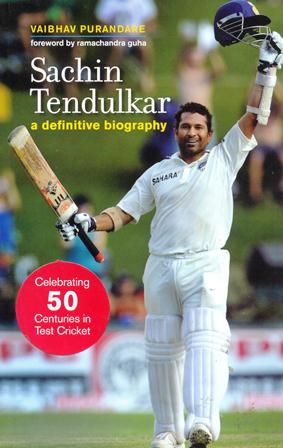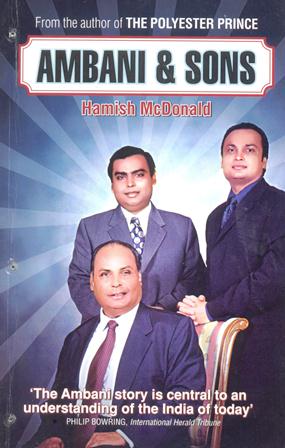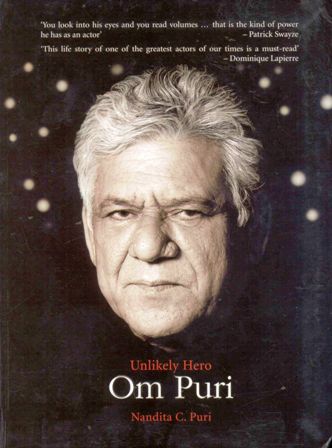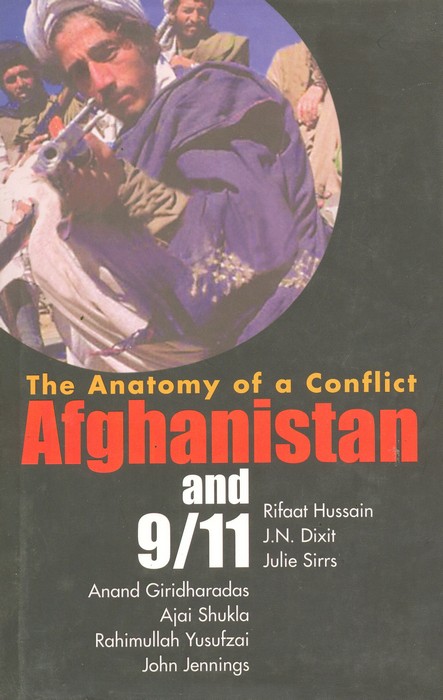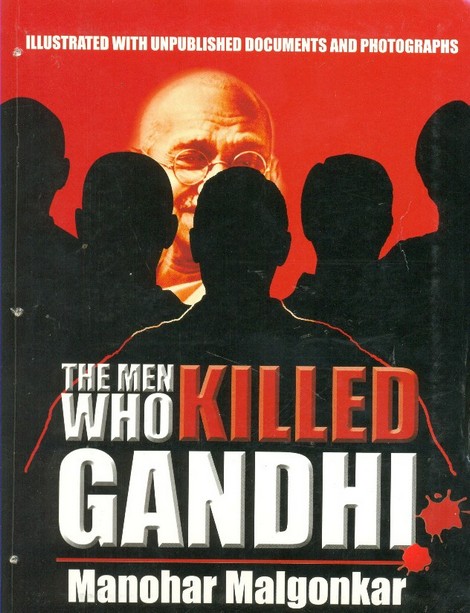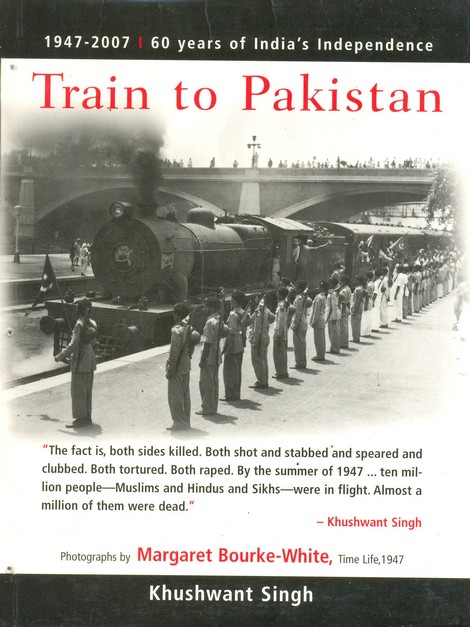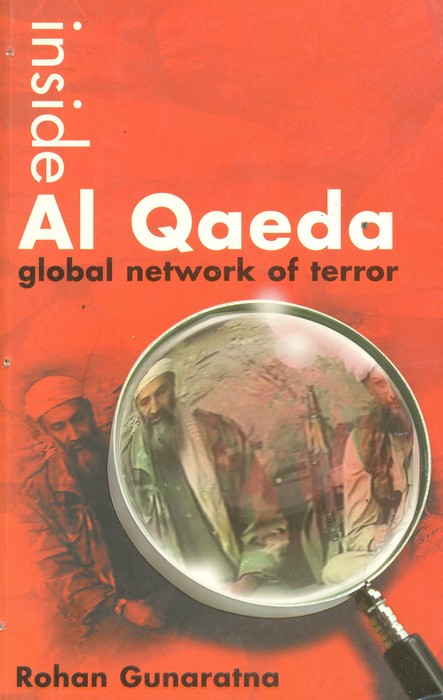-
Shyam Benegal
Shyam Benegal is one of the most prolific contemporary filmmakers from India's New Cinema'. From his first film Ankur (1974) through to Zubeidaa (2000), he has explored the contradictions and tensions of a society in rapid transition, with a unique focus on the female protagonist. Sangeeta Datta's book traces his career with its beginnings in political cinema an a realist aesthetic. It shows how the struggles of the dispossessed and marginalised in Indian society find expression in films as diverse as Nishant, Bhumika, Mandi, Suraj Ka Satwan Ghoda and Kalyug. It traces Bengal's work with some of the biggest names in Indian cinema - Shabana Azmi, Smita Patil, Naseeruddin Shah, Om Puri, Govind Nihalani and, more recently, Karishma Kapoor and A.R. Rahman - developing a style and ethos uniquely his. It also explains how the director's work presents both a stark contrast to Bollywood and yet contains creative continuities with commercial cinema and his distinguished predecessor Satyahit Ray. Perhaps no other director has come close to painting such a compelling and vivid portrait of modern India.
-
Ambani & Sons
"Ambani & Sons is the riveting story of one of the wealthiest families in the world. Dhirubhai Ambani was a rags-to-riches tycoon whose company Reliance, is now one of India’s major corporations. His sons Anil and Mukesh took over after his death in 2002 and their respective arms of the company are bigger than the parent ever was. However, a family feud of colossal proportions, that has had political reverberations, ensued. The Ambani tale contains a bigger story about modern India, not only as an economic powerhouse, but about the complicated links between government and big business."
-
A Home for Gori
In a deeply personal memoir, Habib Rehman captures the joy and anguish of loving and saying good-bye to Gori, his canine companion of many years. As a pup smuggled into their home by his wife, Rehman refuses to have anything to do with Gori. Not one to give up, she soon worms her way into his affections. For ten years, they are inseparable, going for walks, embarking upon adventures, sharing a pillow, talking on the phone when he travels out of town… As Gori reaches the end of her life, Rehman tenderly nurses her through her last illness. And when she passes away, he resolves to build a home that overlooks her grave, as a memorial to her. A Home for Gori will remind dog-lovers of the canine companions they have loved, and lost. To the rest, it will tell an extraordinary story of a dog and a human being, and a bond that endures, quite literally, beyond the grave.
-
Om Puri
Unlikely hero offers an exclusive glimpse into Om Puri's private life, his struggle and anxieties, and the woes of his heart. Discover the Om Puri no one knows about -- the tongue-tied actor from Punjab with stars in his eyes; the incorrigible flirt in drama school; the connoisseur of food and expert cook; and the complete family man. Featuring amusing anecdotes with his family, shocking episodes with the stalwarts of Indian and British cinema, and the nail-biting suspense of his love life, the tale is complemented by rare and unusual photographs. Told with wit, honesty, and elan, this book is a fitting tribute to the inspirational tale of Om Puri-one of the most talented actors of India. The late Patrick Swayze, Om Puri's co-actor in City of Joy, recounts the impact Om had on his life, while notable film critic, Derek Malcolm talks about Om's immense talent and vast repertoire. Naseeruddin Shah fondly remembers his friendship with Om that began at the National School of Drama and Om's rise in the national and international film industry."
-
Afganisthan And 9-11
Essays by international journalists, addressing crucial issues: why did the Taliban fall so quickly? Can they be written off? Can the Northern Alliance reconstruct the country? Did the USA win the war agaist terrorism?
-
The Men Who Killed Gandhi
The Men Who Killed Gandhi, a gripping recreation of India's partition, independence and Gandhi's assassination on January 31, 1948, was first published during the Emergency years. "This made it incumbent upon me to omit certain vital facts," Malgonkar writes in the introduction , "such as, for instance, Dr Bhimrao Ambedkar's secret assurance to Mr L B Bhopatkar, that his client, Mr V D Savarkar, had been implicated as a murder suspect on the flimsiest ground." The excised portions, along with rare photographs and documents from the National Archives are included in this 11th edition. This book is a reprint of the 1978 original, timed for the 60th anniversary of the event, with some additions in the form of rare photographs and documents unearthed by the publishers and not the author Manohar Malgonkar, now 95 and a virtual recluse. His account of the conspiracy, 30 years after the event, was a landmark effort that cemented his reputation as a historian. Of the six conspirators, Nathuram Godse, who fired the shot heard around the world, and Narayan Apte, who was by his side, were hanged. The other four were: Digambar Badge, who turned approver; Vishnu Karkare; Gopal Godse, Nathuram
-
Train To Pakistan
In Train to Pakistan, truth meets fiction with stunning impact, as Khushwant Singh recounts the trauma and tragedy of Partition through the stories of his charactersstories that he, his family and friends themselves experienced or saw enacted before their eyes. Sixty years later, in an age where these tensions still lie close to the surface, Bourk-Whites photographs of the Partition illustrate Khushwant Singhs prose with a stark and almost unbearably heart-rending subtext.
-
Inside AL Qaeda
The definitive work on Al Qaeda, this book is based on five years of research, extensive interviews with its members and field research in Al Qaeda supported conflict zones around the globe. The book sheds light on Al Qaeda's financial infrastructure and how the organization trains combat soldiers and vanguard fighters for multiple guerrilla, terrorist and semiconventional campaigns in the Middle East, Asia, Africa, the Caucasus and the Balkans. In addition, Rohan Gunaratna investigates the clandestine Al Qaeda operational network in the West. Finally, Gunaratana shows that for Al Qaeda to be destroyed or seriously weakened there needs to be a multipronged, multiagency and multinational response by the international community.

